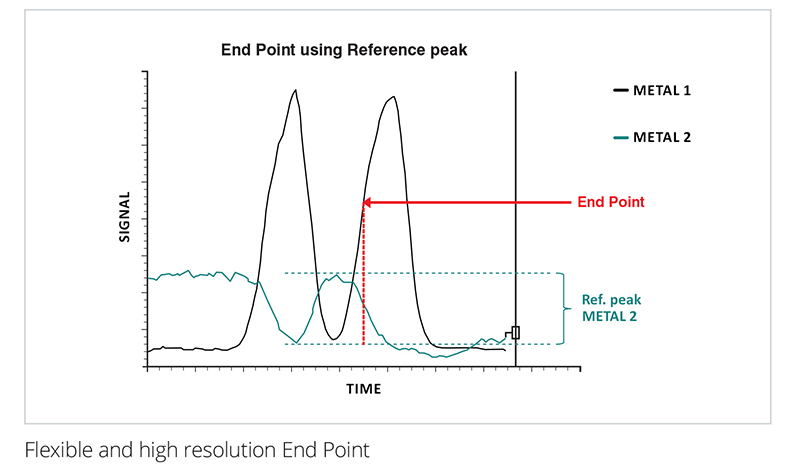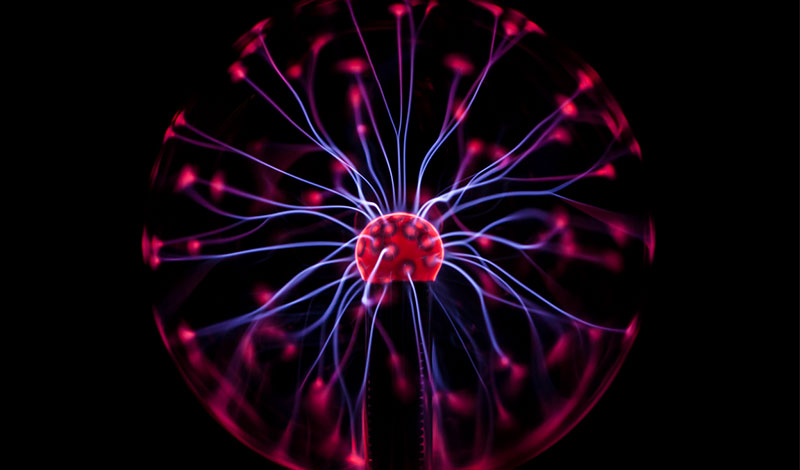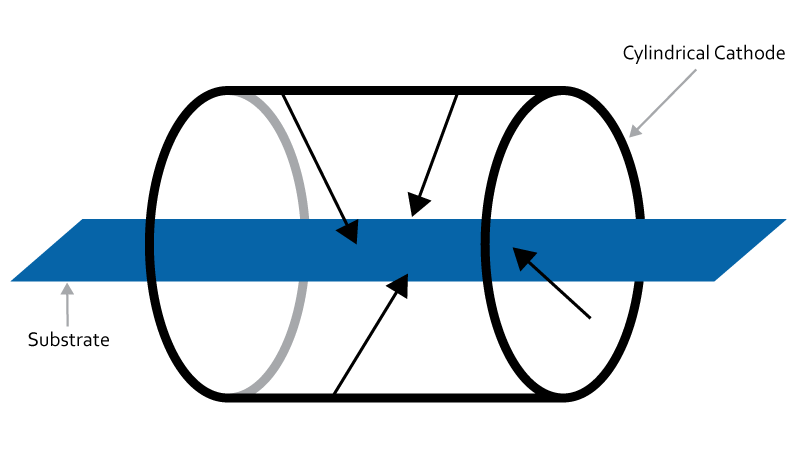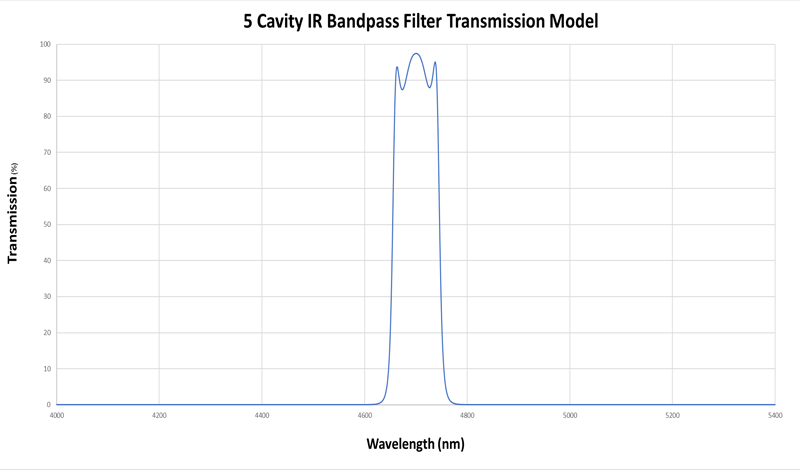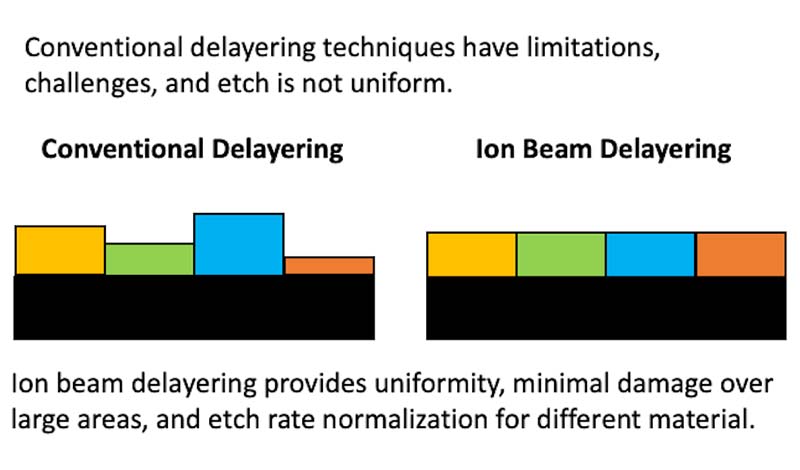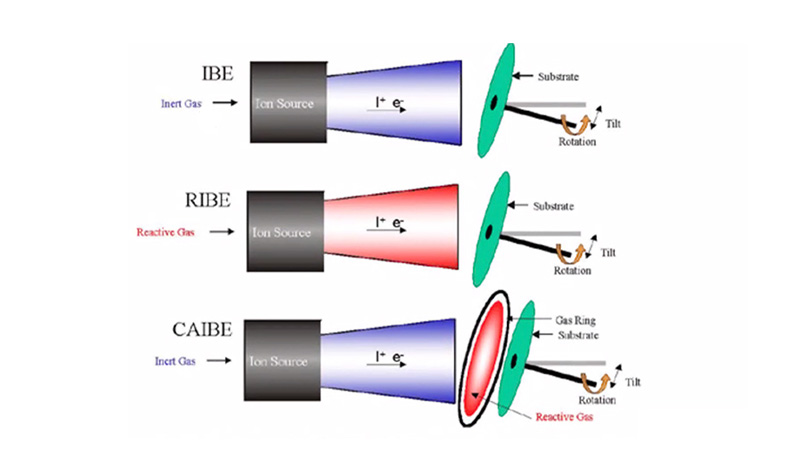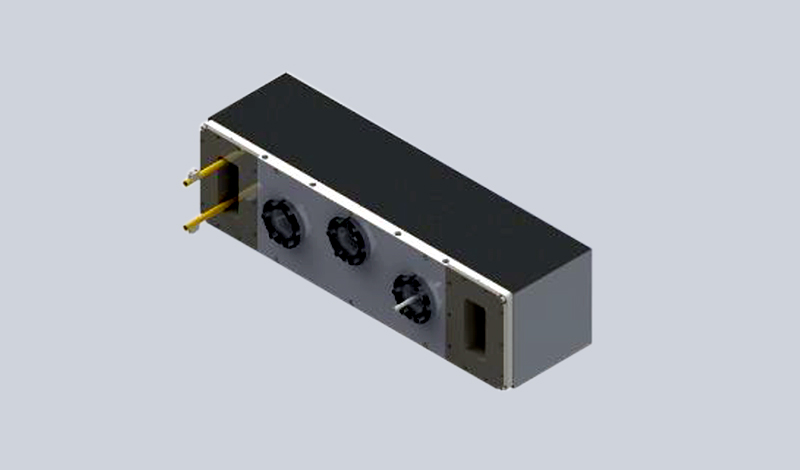Posted on
Semiconductor manufacturing often takes a hardware-centric perspective when selecting equipment and vendors. However, manufacturers can benefit from a vendor’s industry experience and, instead, take an application-specific route. A partner like Denton Vacuum, with decades of experience, can address key concerns to get you to production faster than piecing together OEM parts. Working with a single vendor, or… Read More

